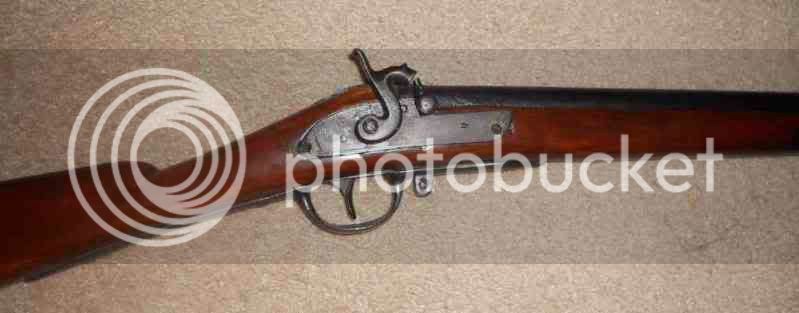troutabout
40 Cal.
- Joined
- Aug 14, 2011
- Messages
- 267
- Reaction score
- 1
I've been a very bad boy. Supposed to be pinching pennies to buy new smoothbore kit and I found this old smoke pole at the antique mall for $165. Appears to be 12 gauge - 43 1/2 inch barrel. Stamped on the butt plate is 1803 and clearly stamped on trigger is FKOY. There is a stamp under the barrel that looks like an FP turned sideways and some O or D perpendicular to that.
Is anyone familiar with this name or this lock ?
 [/img]
[/img]
 [/img]
[/img]
 [/img]
[/img]
 [/img]
[/img]
 [/img]
[/img]
Is anyone familiar with this name or this lock ?
















